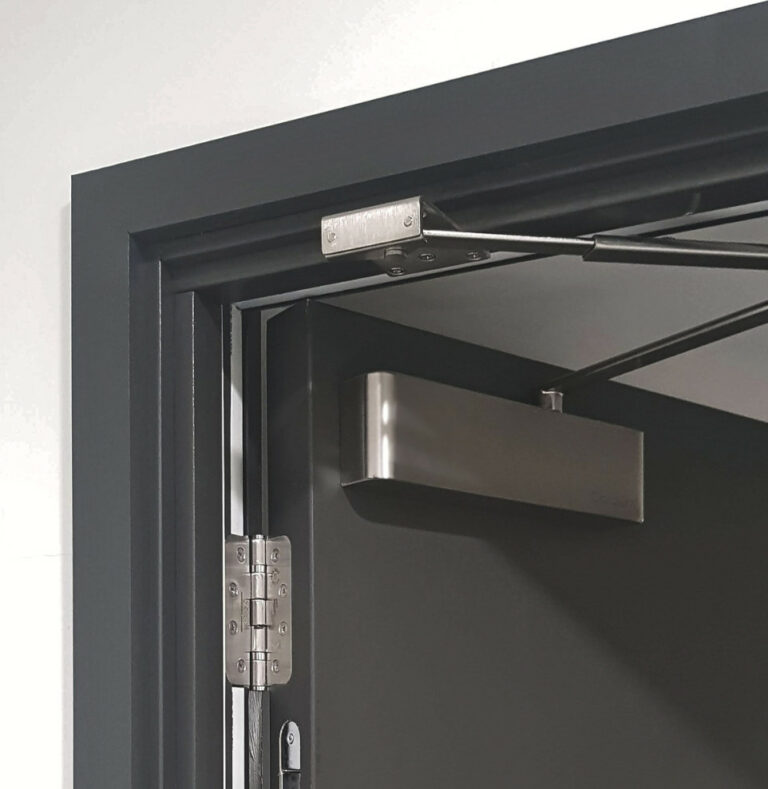Specialist manufacturer of rigid wire mesh fencing systems, CLD Fencing Systems, has been working with leading landscape architects, engineering a solution to supply specifiers with tailor-made BIM objects and families for perimeter and security fencing, making it easier to develop BIM models, and to help the presentation of projects to clients and contractors.
Aedas, a specialist international design practice in architecture and Landscape Architecture, is one of the first firms to use BIM extensively, and has worked alongside CLD Fencing to get its BIM offering right the first time for architects.
Katie Lewis, Chartered Landscape Architect and Revit lead at Aedas says: "CLD Fencing has really listened to what we need and developed a solution that's useful for Landscape Architects, architects and building consultants."
Building Information Modelling (BIM) is revolutionising the way companies design and specify. It involves creating and using intelligent 3D modelling to inform project decisions. From 2016, HM Government will require all public sector projects to be completed using this method as part of its industrial strategy which has been developed in partnership with the private sector.* CLD Fencing Systems objects have been developed with the end in mind and looked at the best way of including the right COBie (Construction Operations Building Information Exchange) data for the product involved.
A spokesperson at CLD Fencing Systems explains how their unique approach will ensure quality and ease of use: "We worked with architects including Aedas to develop the solution which allows us to present the BIM object in a way that is easy to view, use and implement. As manufacturers, we have in-depth knowledge of how security fencing is crafted, and understand how to tailor each piece to individual requirements on a project-by-project basis."
Katie Lewis adds: "We require much more from suppliers than the way a product looks. We need items that are data rich and contain specifications of the products. We use information embedded in objects to schedule them with other elements of a project and add tags and descriptions to items we will use.
"There are three main features that we look for; how the object looks in 3D, the ability to tag components, and the ease of access of company details."
BIM technology allows architects and contractors to detect clashes that might take place during building, particularly those between different trades, and thus obviate them as far as possible. BIM is estimated to eliminate a good percentage of problems that usually occur during a building project, such as pipes that get in the way of building works, walls or fences.
Katie Lewis continues: "Design teams and their clients want to see how a project would look and so the BIM objects must reflect that. For example, a mesh fence product needs to show that you can see through it, and not be a solid BIM object. Tagging elements will also allow the landscape architect to integrate all objects with the MBS (managed building system), and company contact information allows the architect to get in contact with the manufacturer to ease communications."
CLD Fencing Systems continues, "The NBS National BIM library is a free source of BIM objects for architects to download for use in individual projects but CLD Fencing Systems is focussing on individual projects, because we can develop unique and bespoke products for architects and therefore build our own library.
"We work on a project-by-project basis with architects and will build up a library of tailored objects on our own website that people can download; at the moment we have our Dulok and Securus SR1 product ranges available for download. We are one of few companies offering this for external works too."
There are a number of software applications for BIM objects; CLD Fencing Systems selected Revit to create its BIM objects. The software has a huge take up, largely covering the architectural market and is accessible to most professionals who specify security fencing. These BIM objects are very easy to transfer between different software platforms by using an ICF file with pre-determined coordinates.
Revit allows the end user to adjust the height and length of the fence object whilst maintaining the correct post spacing once a correct base model has been selected. For example, the shortest series of fence starts at 630mm in the Dulok range and increases to a height of six metres.
BIM objects can be drawn up in a short space of time for architects, and CLD Fencing Systems provides a realistic profile including hatching of each product so that architects and facilities managers can see how the product will look in reality.
For example, if an architect wants a 3m high fence in a sky blue colour, CLD Fencing Systems can supply them the model with the correct height and information including the RAL number for colour.
Each CLD fencing product type is assigned to a family; these are organised by height and produced in three different ways so that architects and specifiers can find everything they need in one presentation sheet: BIM model, photograph, ISO metric and contact details.
BIM objects contain intelligent data that is explained on a full data sheet: what the object is, where it is from, and what it contains. Each item within the object is clickable to enable architects to obtain the technicalities they need for a project. For example, if a crank post were to be manufactured to go over a wall, the architect clicks on the BIM object, finds out how it is going to be constructed, and presents the drawing to the design manager. The BIM object is then linked up to MBS software which produces a schedule.
Each CLD fence system is labelled with fence type and size, as are the fence panels, and posts, with additional detail, for example if they are part of a straight run, on a variable angle or corner, or if they need a clamping system.



















